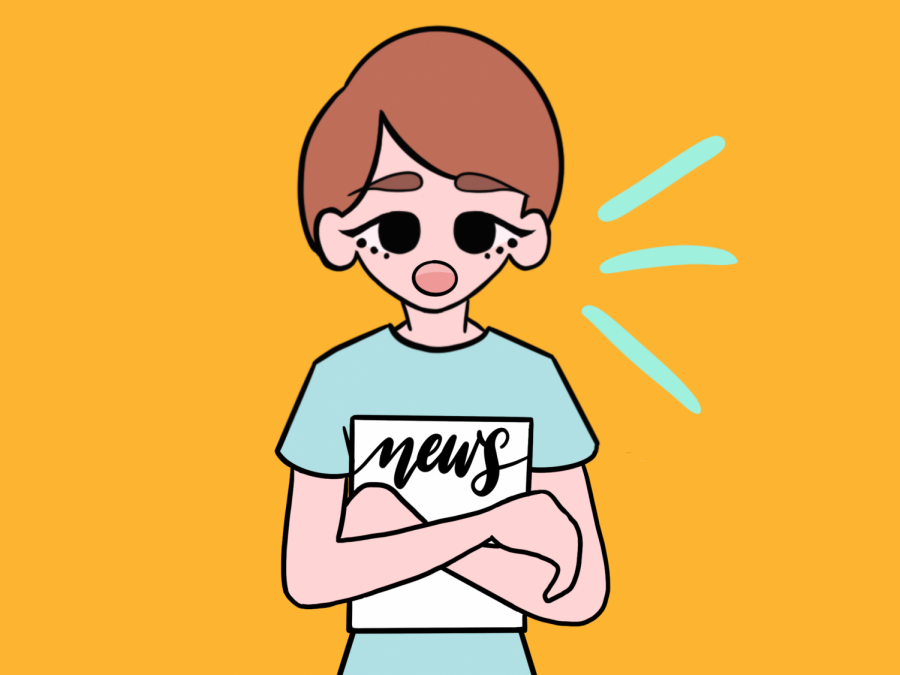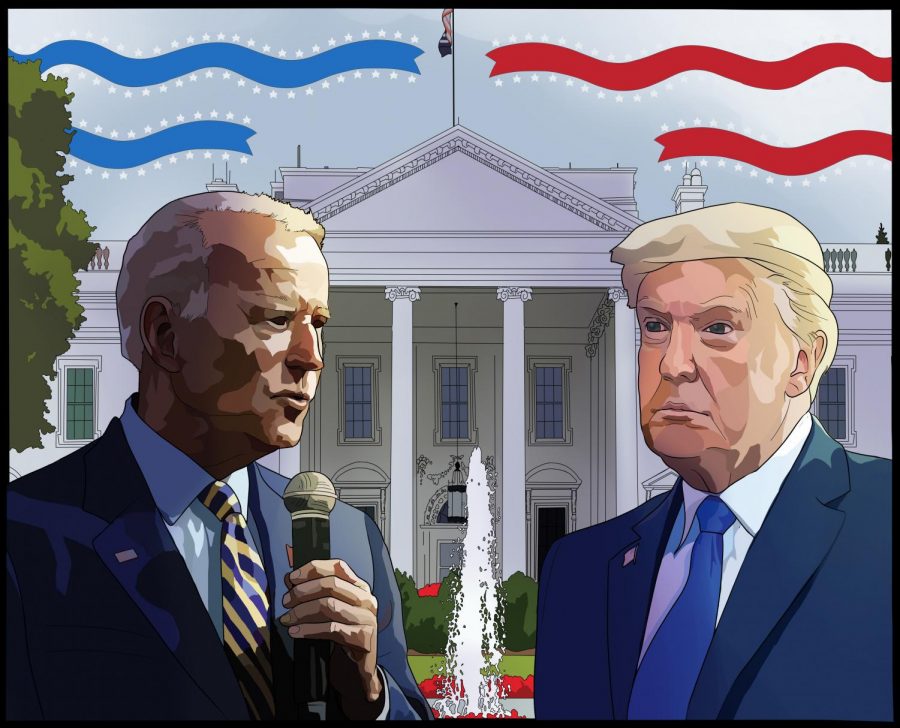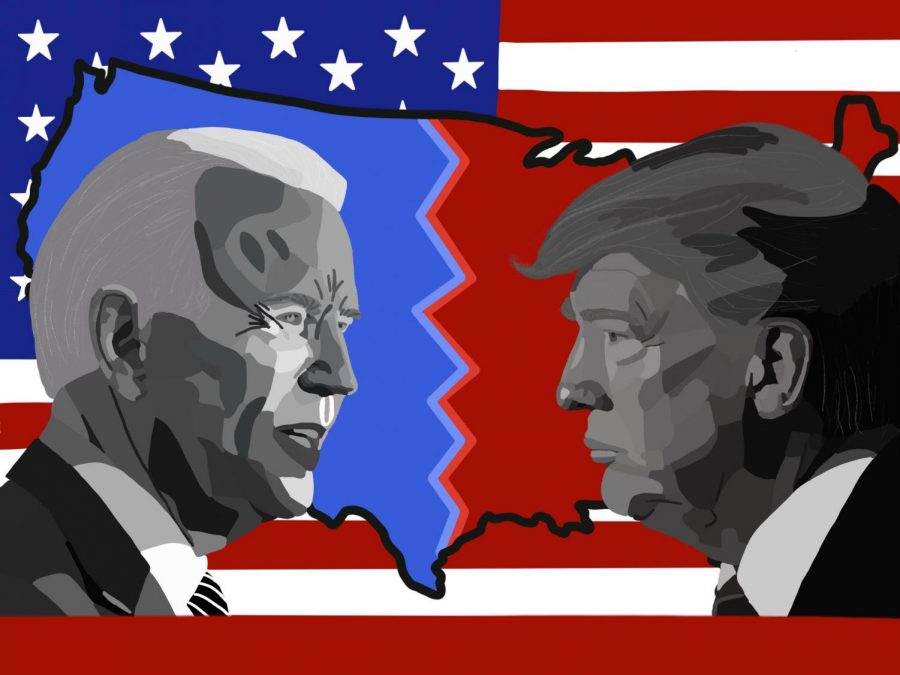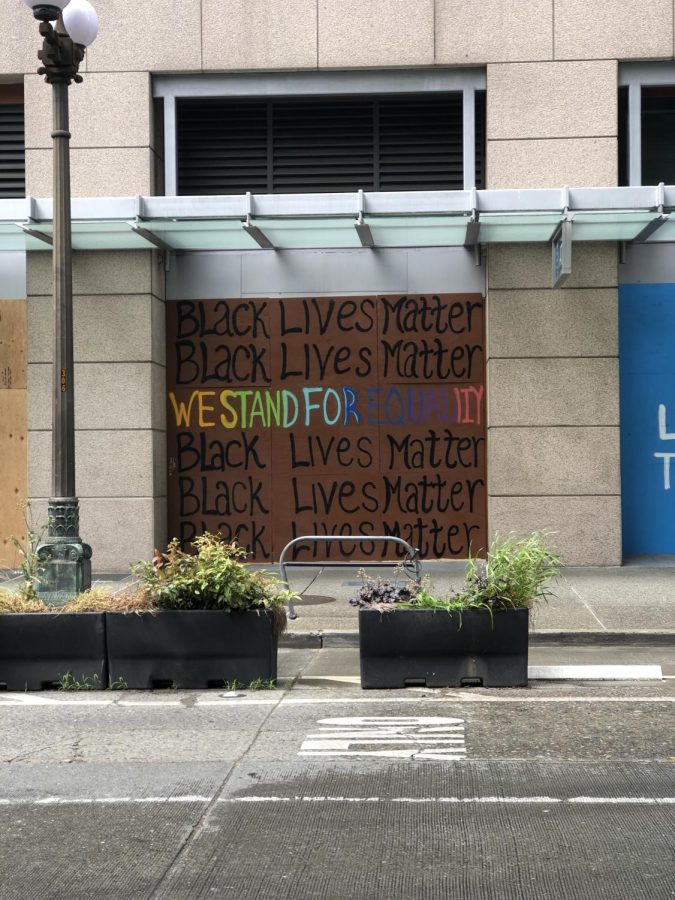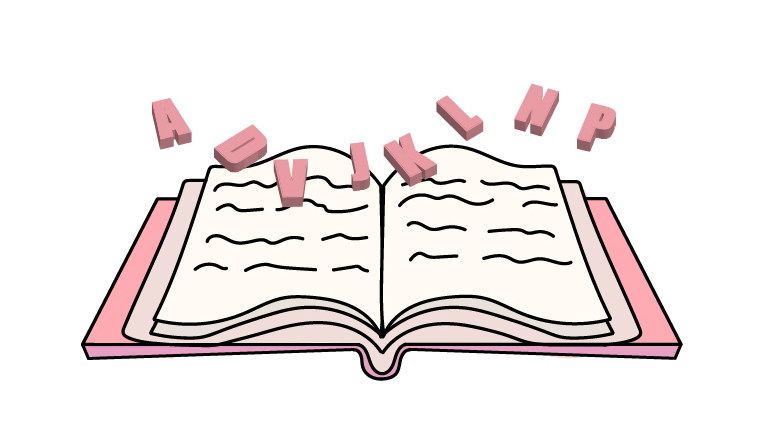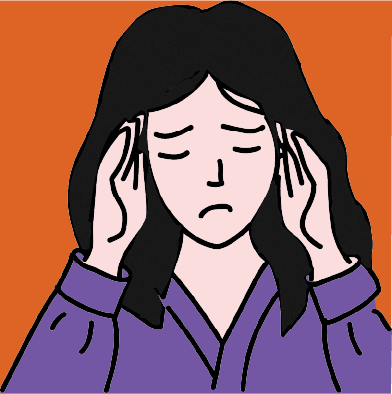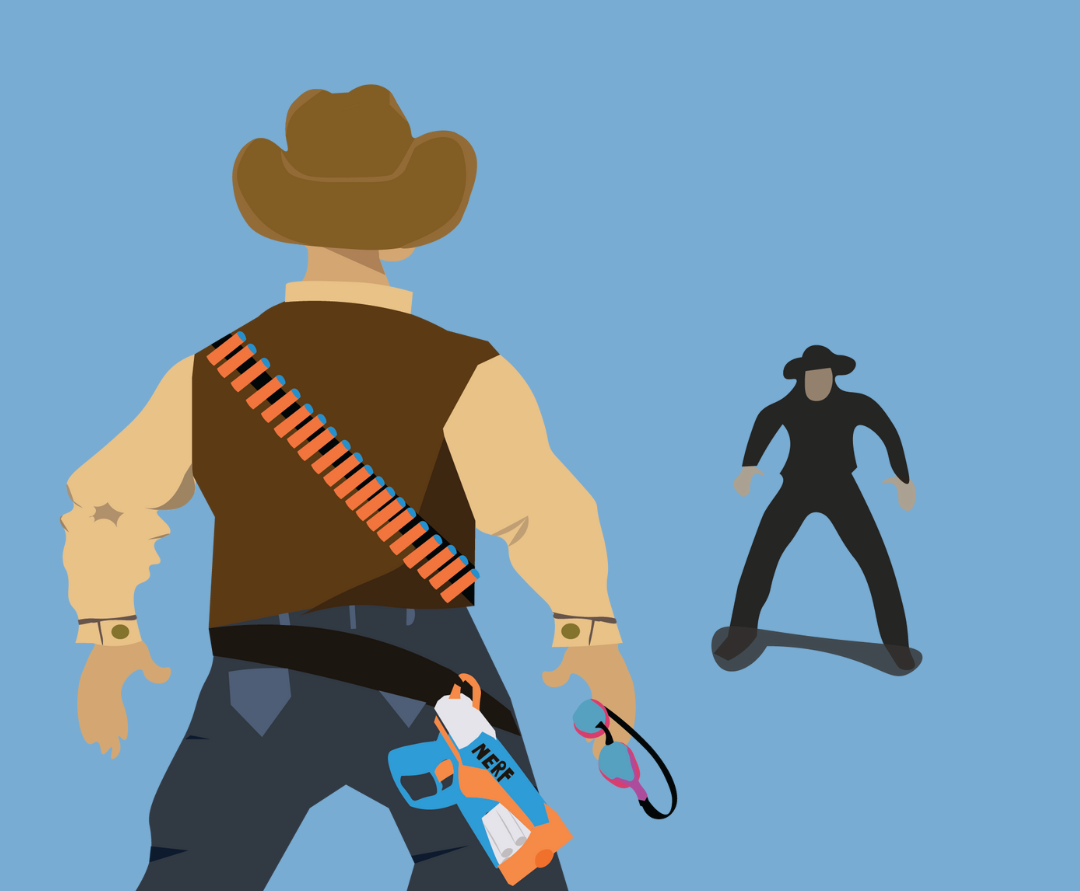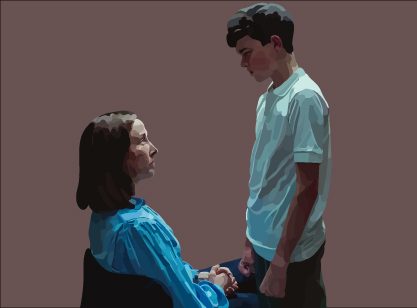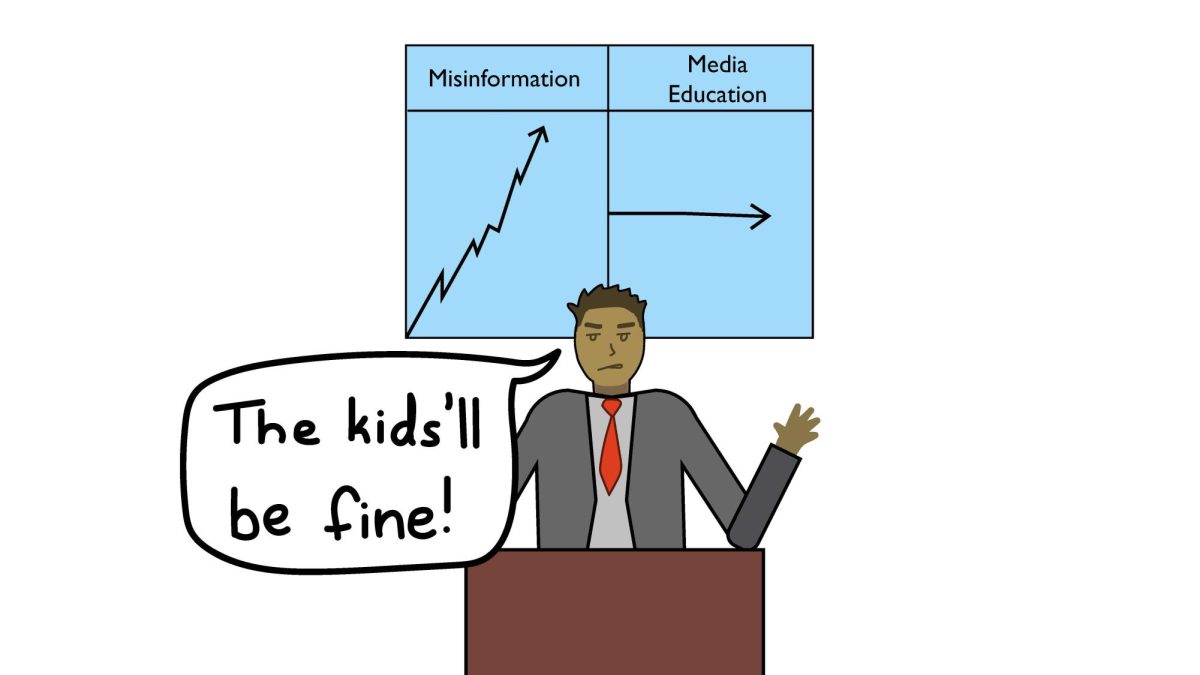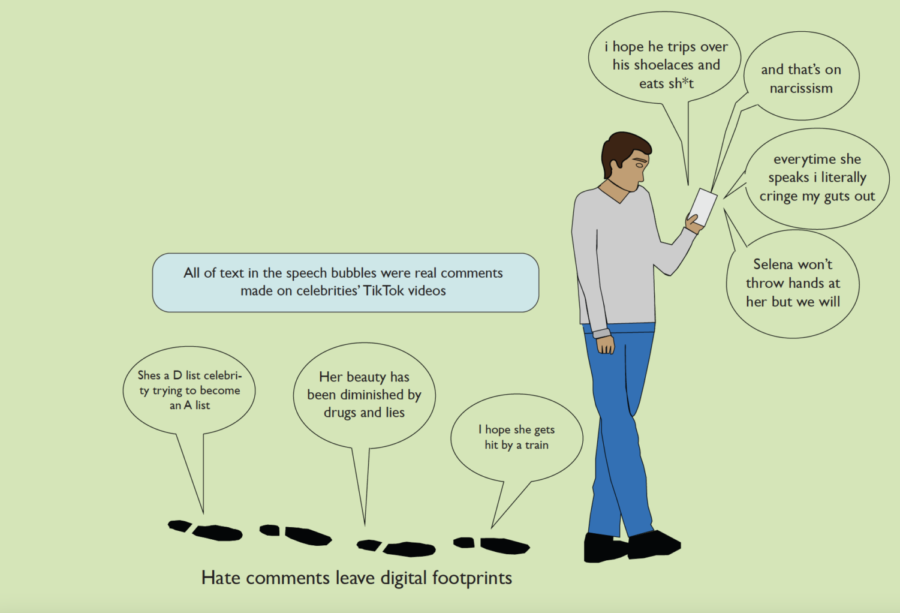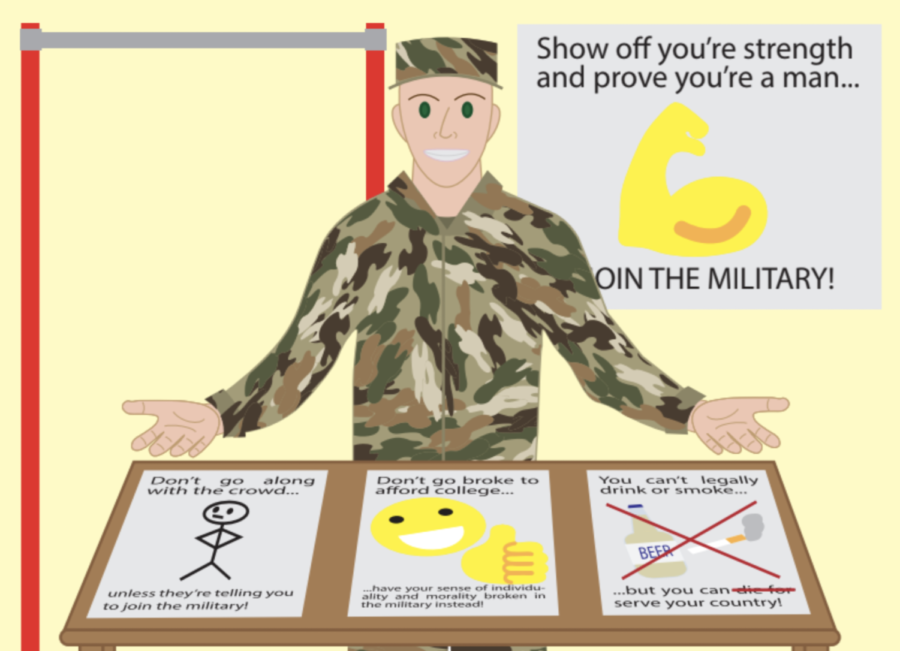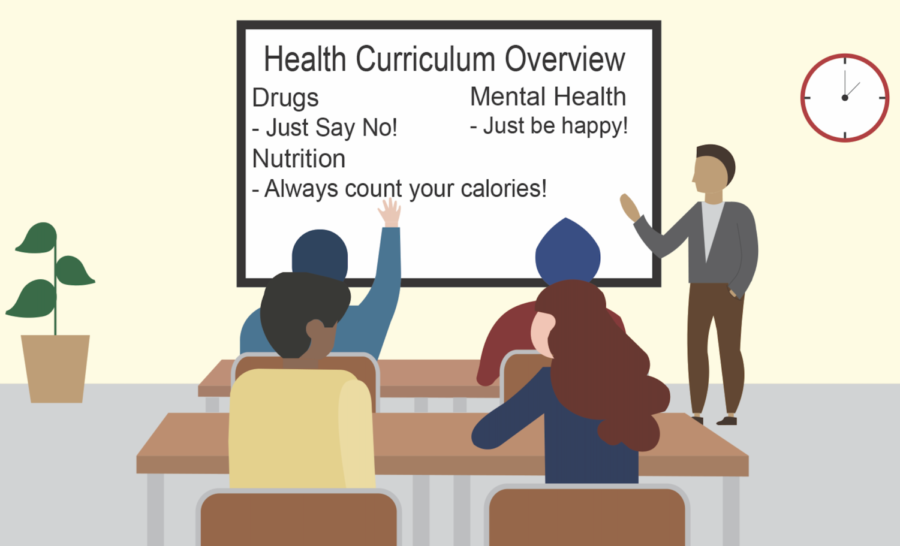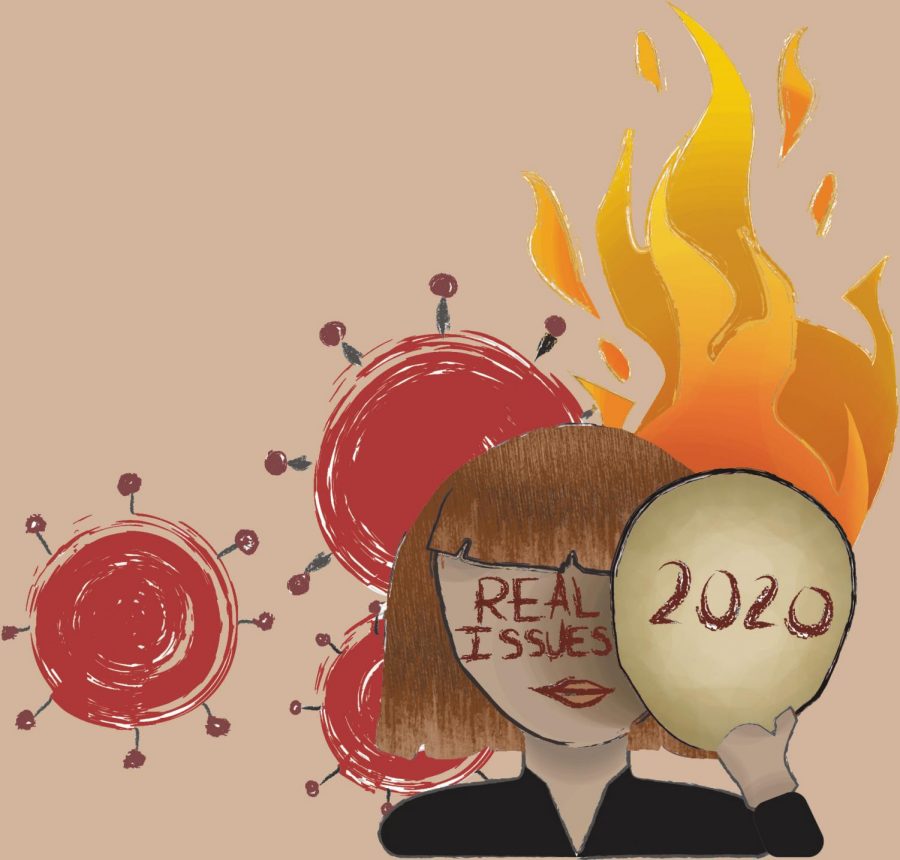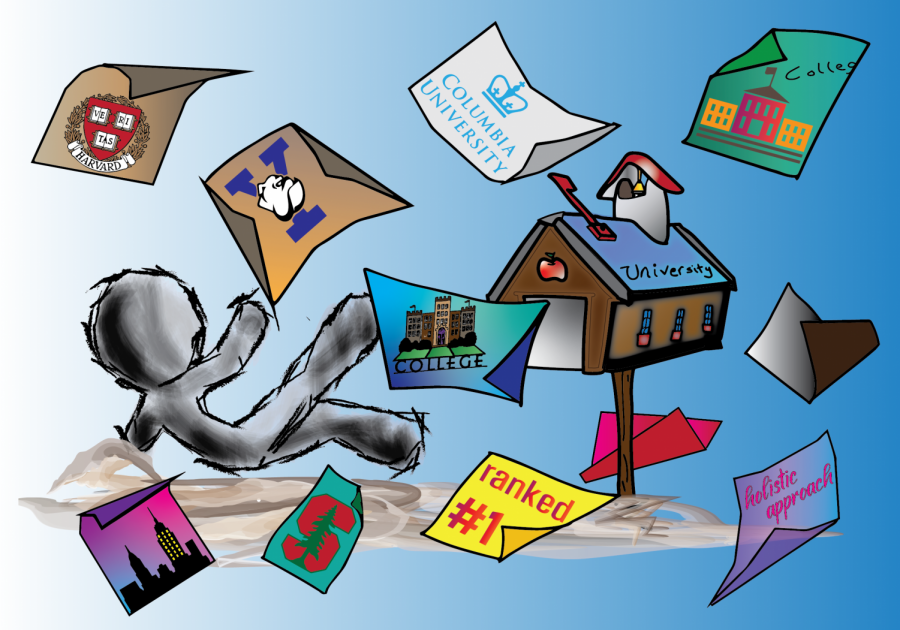Students are told that they are given the right to freedom of speech and expression by the First Amendment, the very first thing prioritized when writing the Bill of Rights. Although the foundation of the United States is based on our rights to certain freedoms, students are not always protected by these rights. Although students can exercise a certain degree of self-expression, they need more protection of the First Amendment to enable them to fully express themselves.
In schools, there are rules set in place meant to support student learning. Freedom in student conduct and appearance is limited by these rules in order to maintain a proper learning environment. Self-expression is what feeds into the First Amendment, which is how students can voice their thoughts and opinions.
In some cases, the restriction on students’ usage of the First Amendment is understandable. At the height of adolescence, students can act impulsively without considering the consequences of their actions. For example, expressing one’s thoughts through profanity is against the school rules since it is considered inappropriate in academic environments. These rules teach students how powerful words can be. This limitation on students also serves as an example of how professional workplaces function.
On the contrary, there are records of students’ rights to self-expression being compromised. One recent instance is from 2018 when a New Jersey high school student was forced by a referee to cut his dreadlocks before a wrestling match. The reasoning behind this was that some hairstyles are considered a safety concern because of it being a distraction to both the opponent and the wrestler, but further elaboration from the referee defeats the purpose of this reasoning. In African American culture, wearing dreadlocks is very significant, and the referee called the wrestler’s dreadlocks “unnatural,” showing a racial bias against African Americans.
Self-expression is shaped through speech, appearance, and other ideas. There is absolutely no reason anyone should be forced to change their hairstyle, especially on the basis of cultural and personal preference. A previous incident similar to the aforementioned incident has been incited before by this referee, highlighting the fact that authorities have made an error in their judgment regarding this referee and failed to recognize the severity of this incident. With the repetition of incidents like these happening, students’ self-expression rights have been endangered again and again. Even after this 2018 incident, authorities chose to suspend the referee for two years, overlooking the fact that the referee blatantly showed discrimination repeatedly. By choosing not to suspend the referee indefinitely, this action reveals how insignificant student self-expression rights are regarded by authorities and emphasizes the need for more protection over these rights.
Though there are many cases in which self-expression rights in school have been violated, improvements to students’ rights have been made, allowing fewer restrictions to students expressing themselves freely. For example, in 2018, Washington state passed the New Voices Act, allowing student journalists to freely communicate their ideas without being censored. This act also protects the advisers from getting fired; the act also holds editors accountable with legal action for any content published. With Hazelwood School District v. Kuhlmeier, the U.S. Supreme Court allowed school administration to censor content under certain circumstances, justifying censorship and access to information — exactly what the First Amendment protects from happening. In contrast, the New Voices Act bolsters student journalists immensely in regard to self-expression, demonstrating how some protection has been gained for students.
As students grow and mature to view the world in a different way, the lack of protection towards their self-expression — despite what is stated in the First Amendment — is due to the lack of sufficient understanding from the authorities. While the New Voices Act shows the evident progress made by the government, the slow pace that has been made concerning student self-expression rights is excruciating and needs to be changed. With this in mind, students should have more protection and rights in regards to self-expression.



